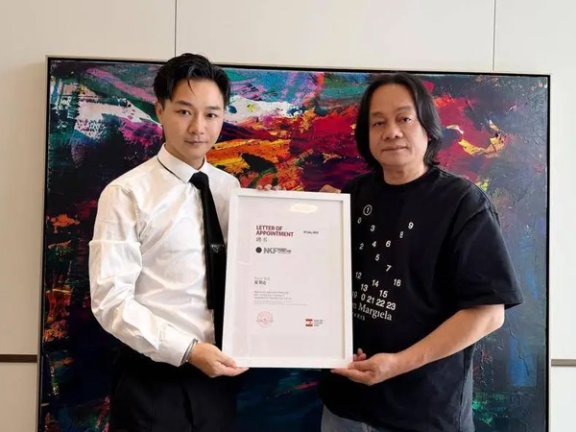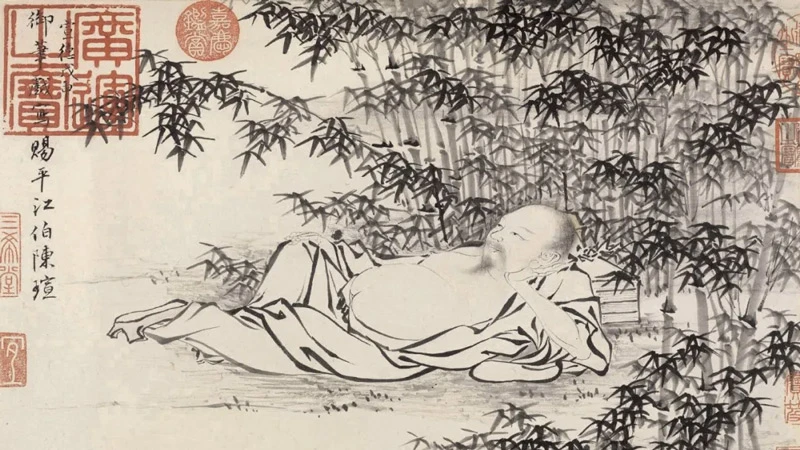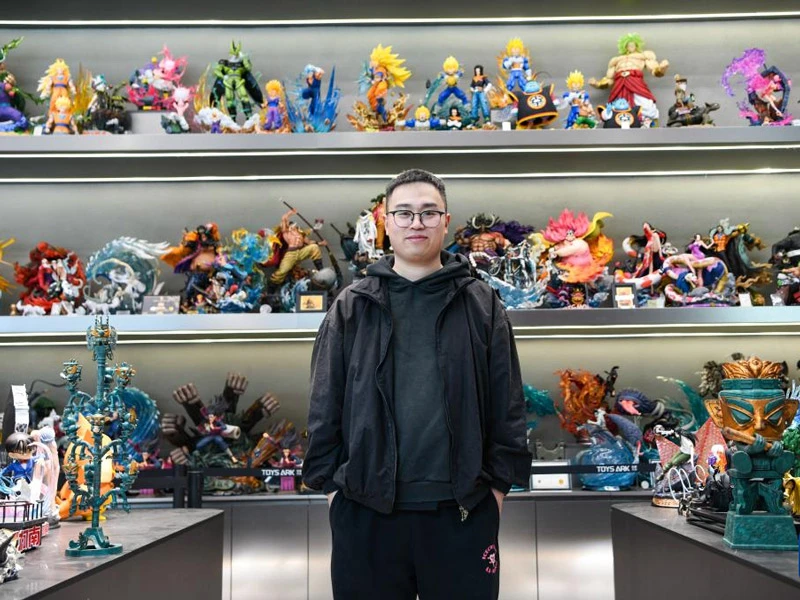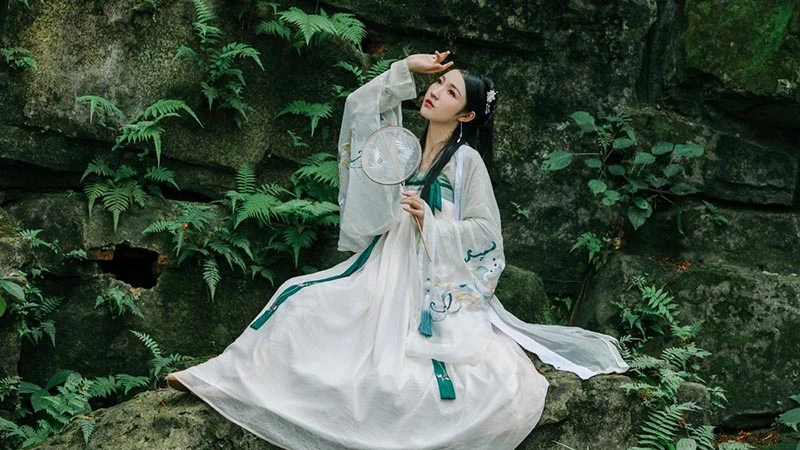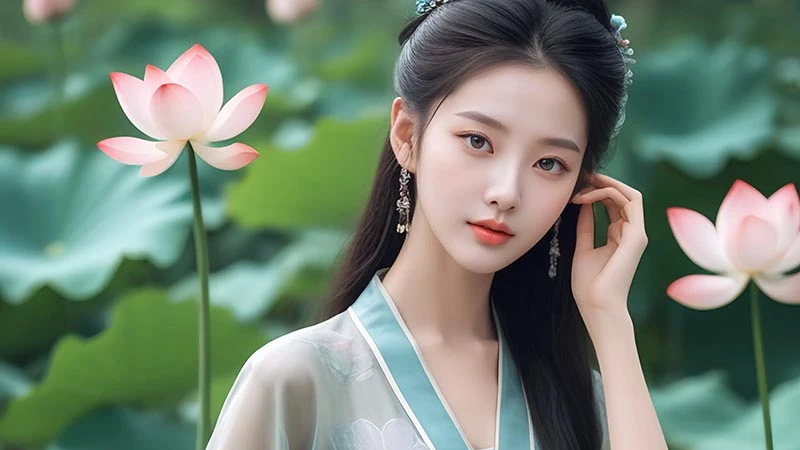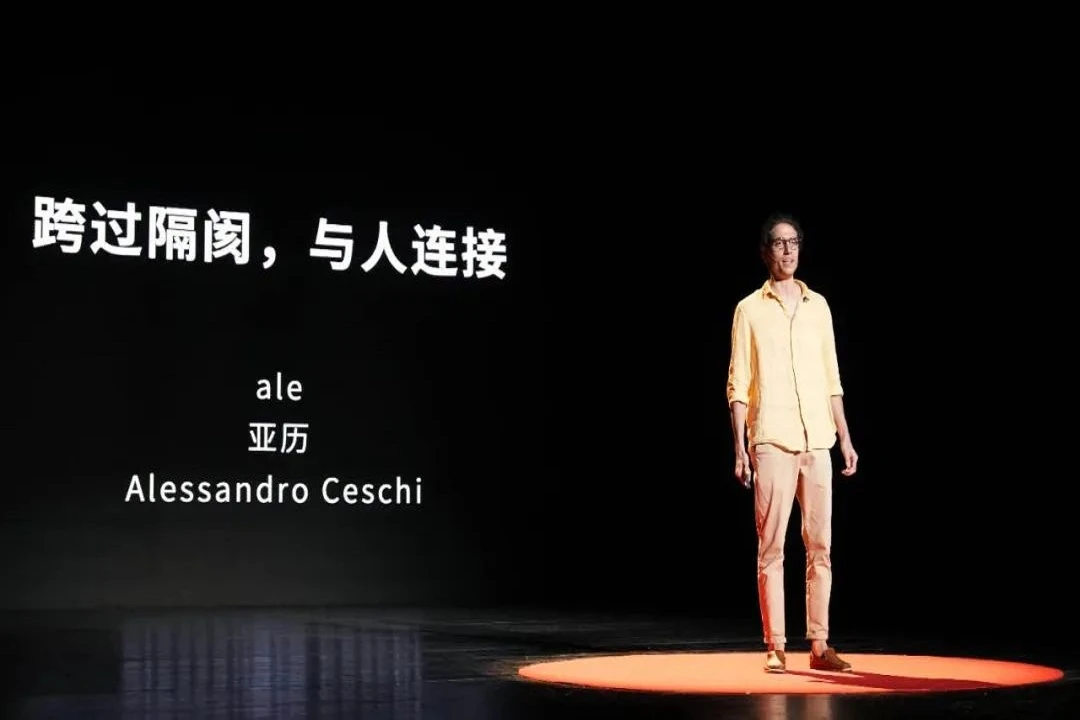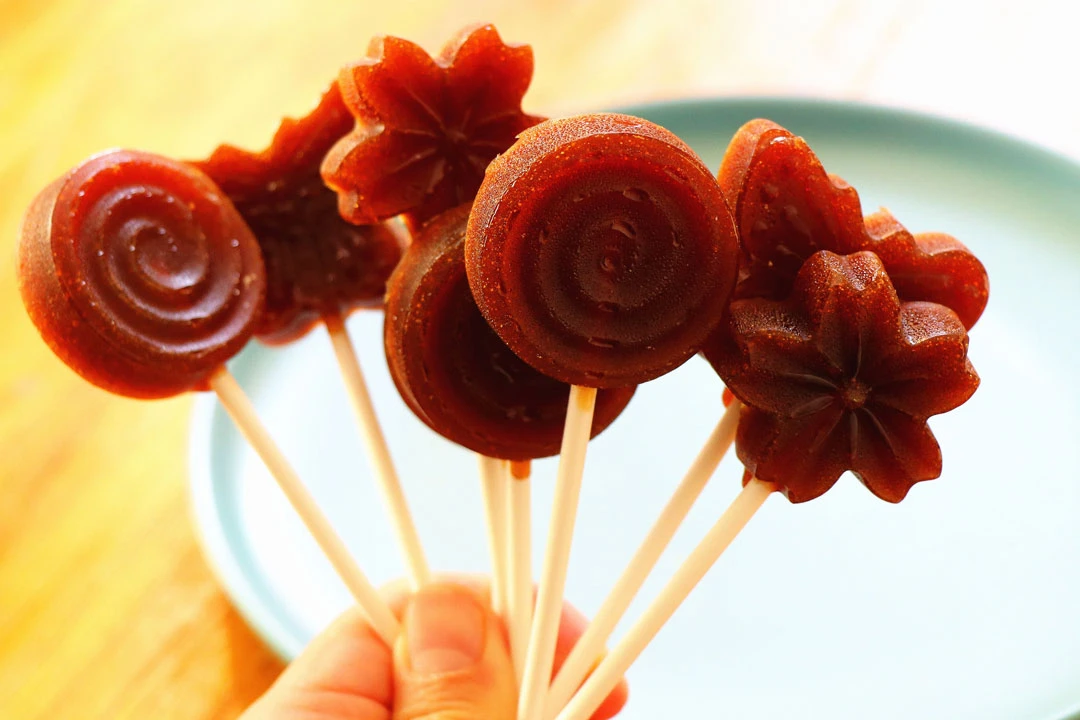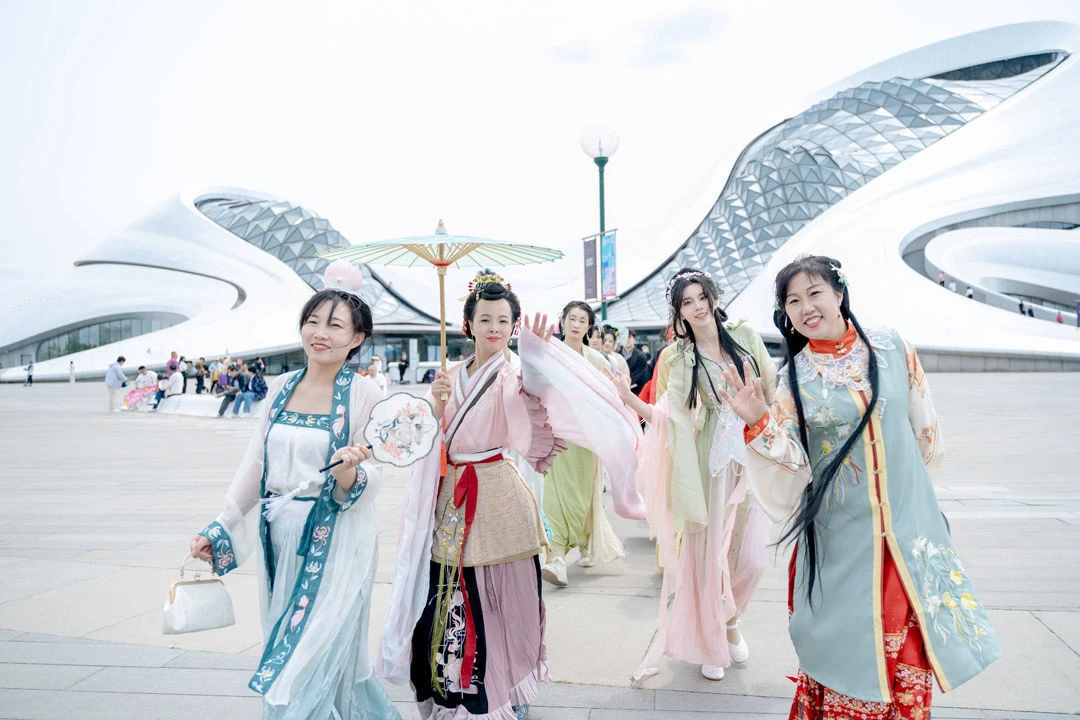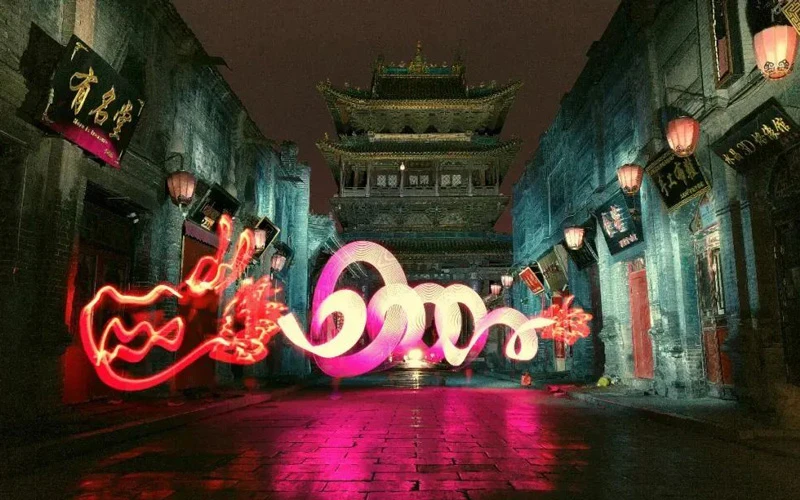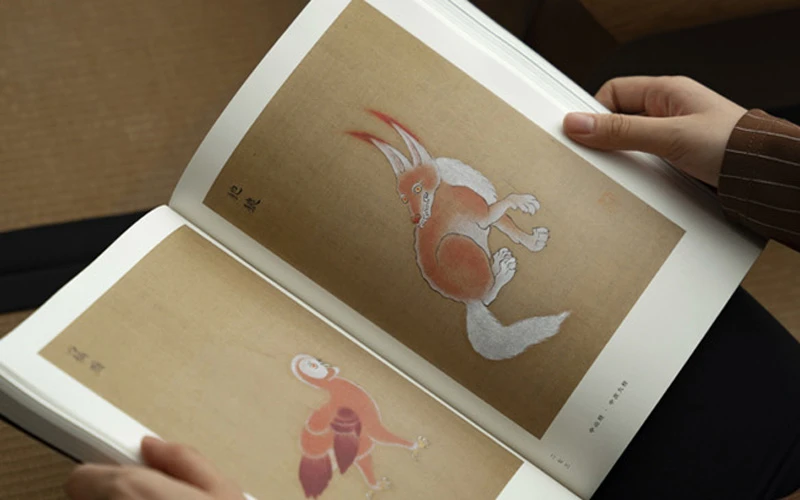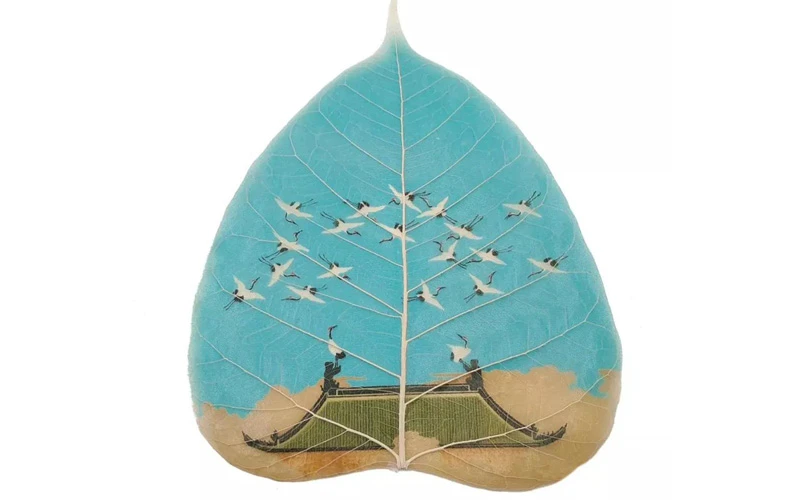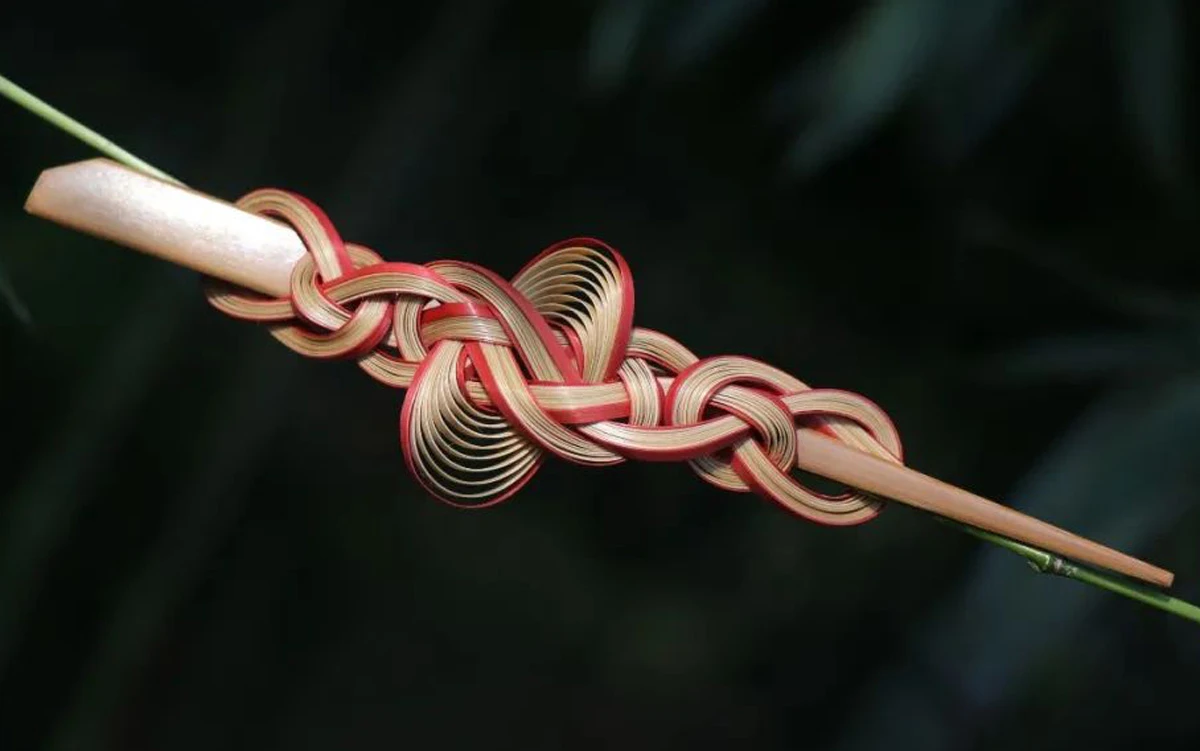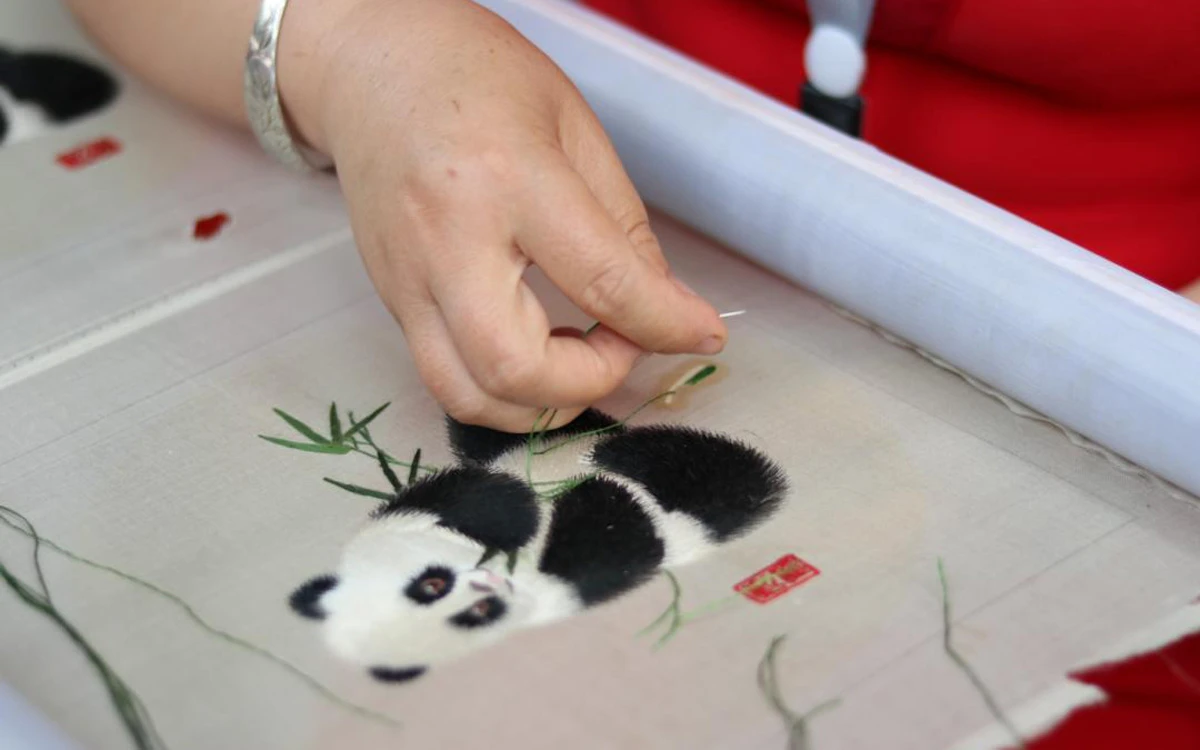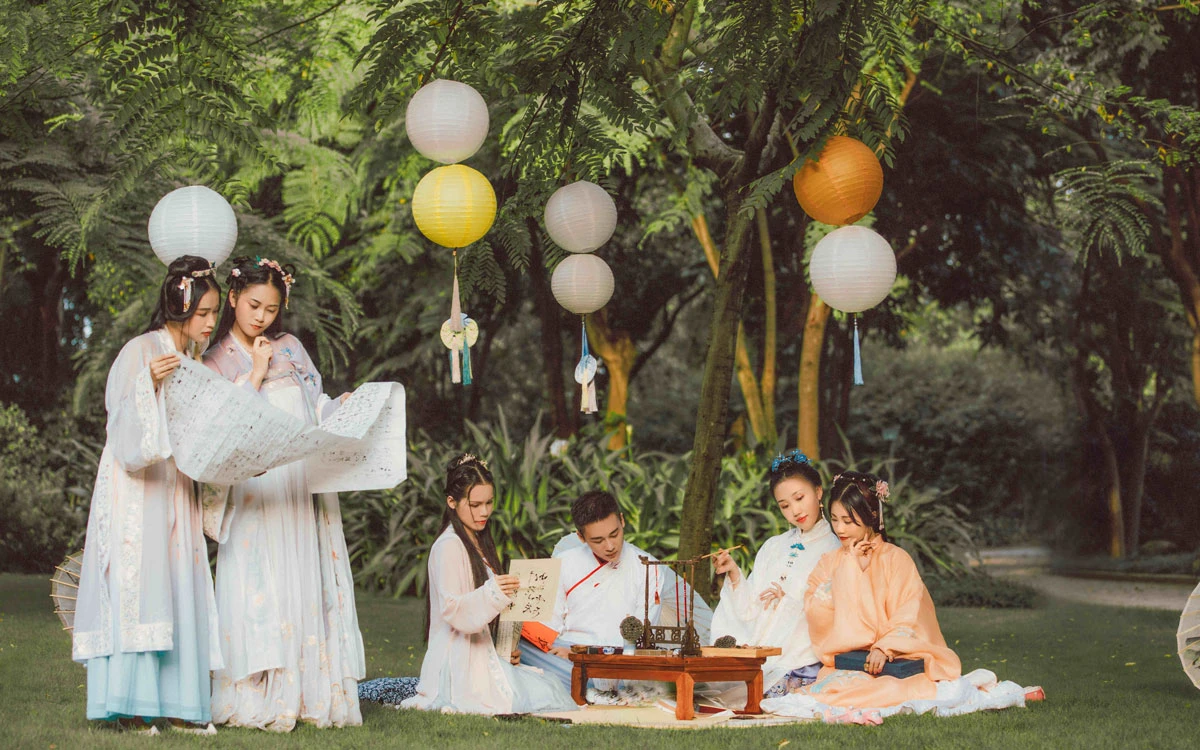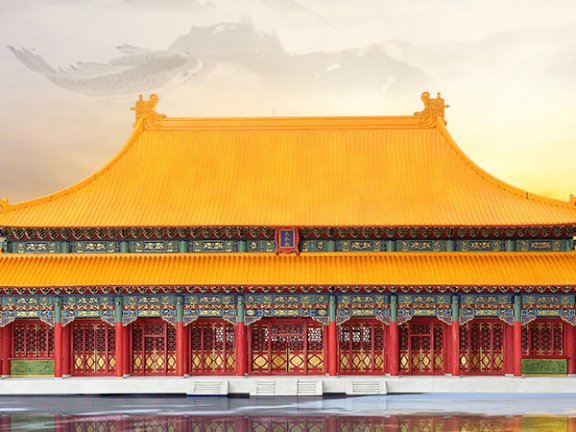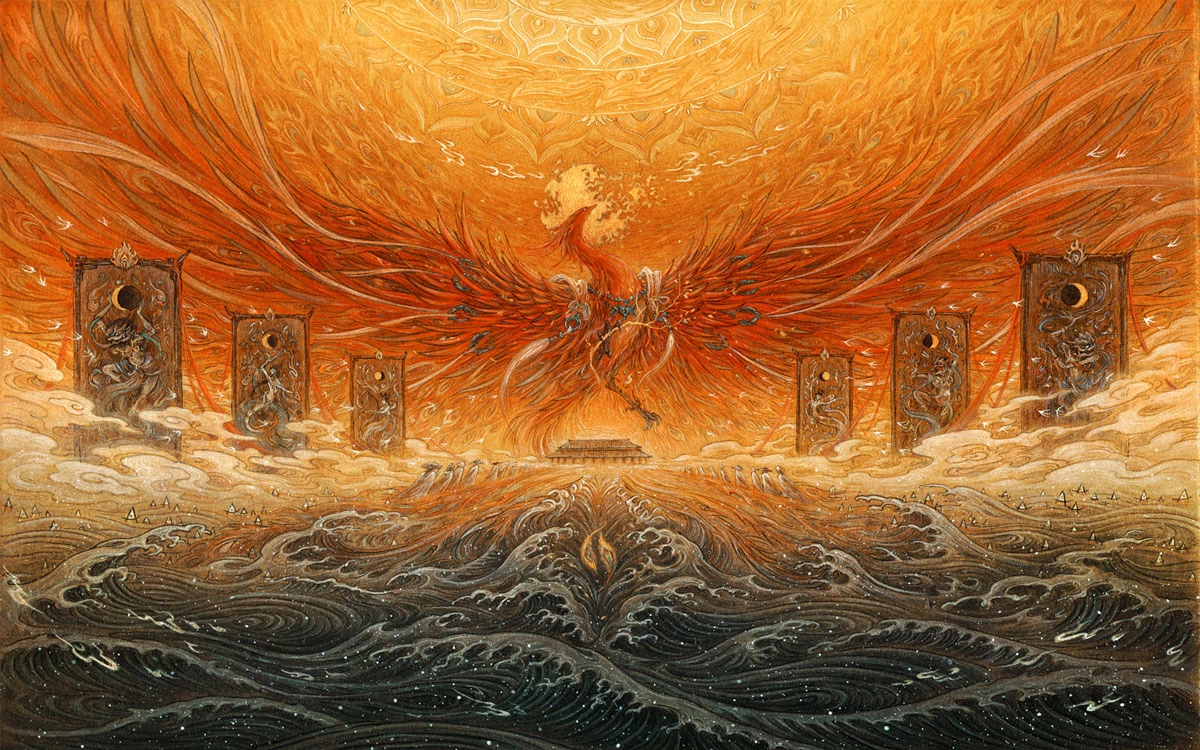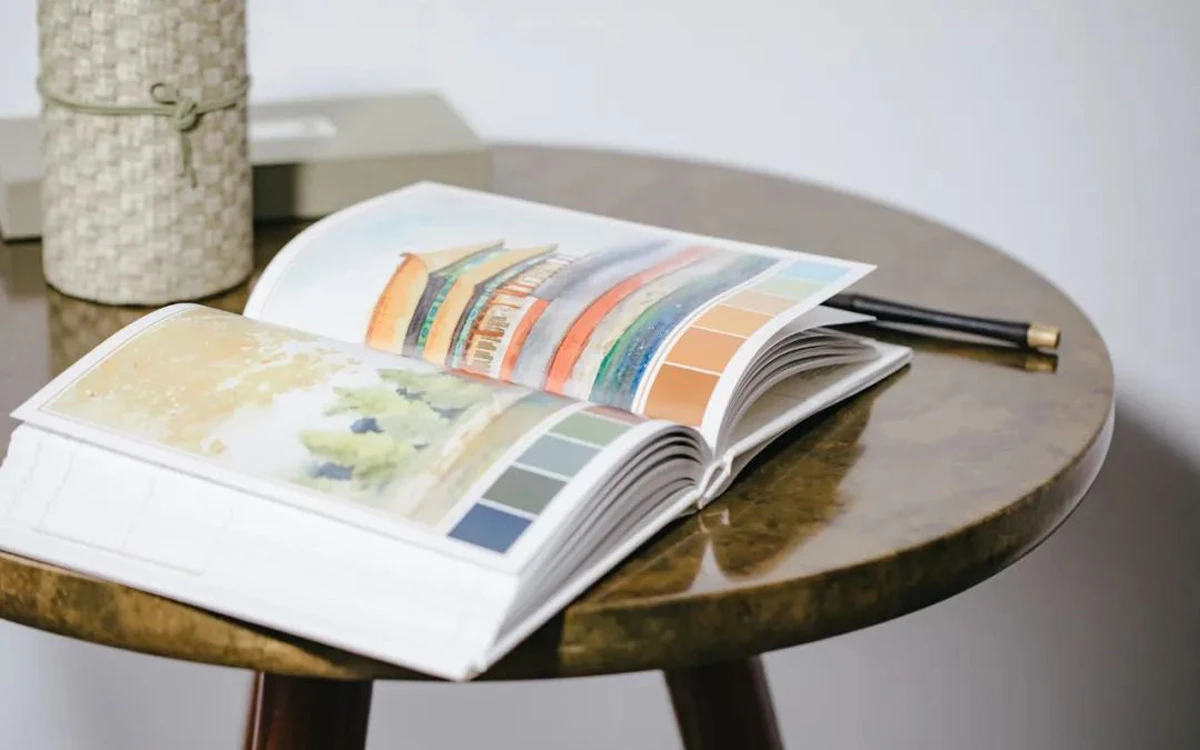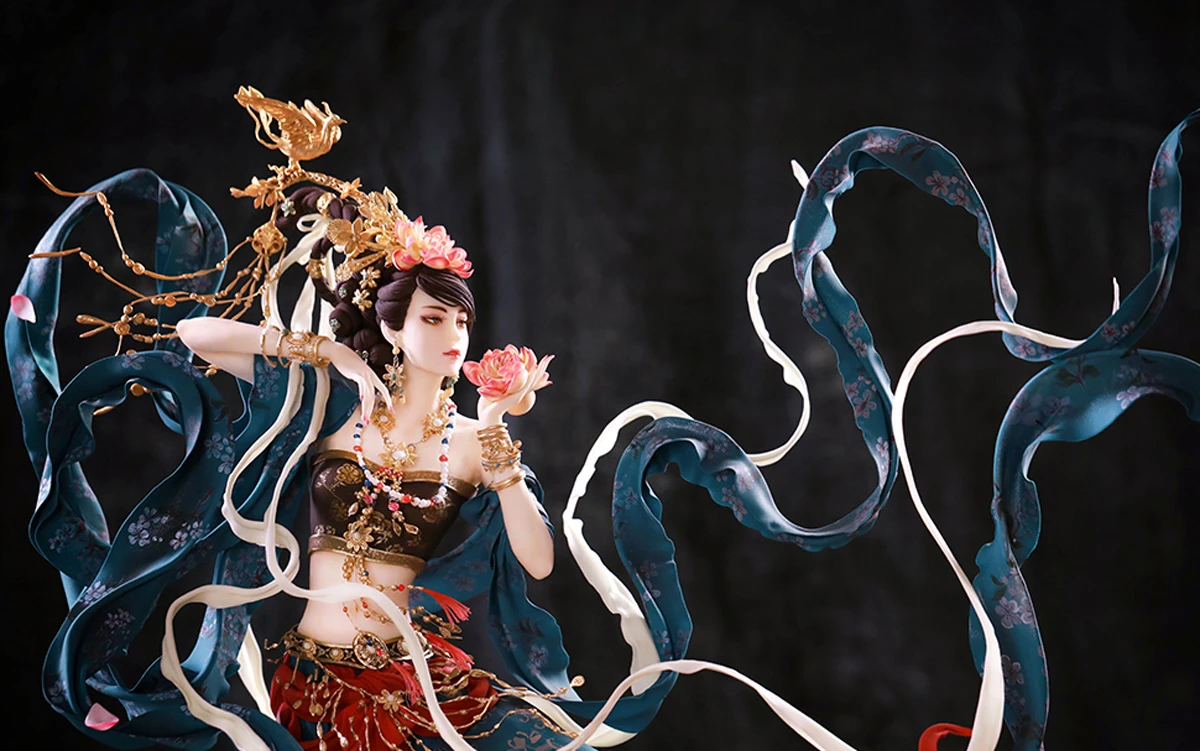-
Nanjing Fashion Week 2025: Zhang Zhaoda's Vision of Six-Dynasty Design
Nanjing elevates its fashion ambitions with the appointment of Zhang Zhaoda (张肇达), a foundational figure in Chinese design, as Honorary Chairman for its 2025 International Fashion Week. His participation signals a strategic push to position Nanjing at the forefront of global fashion dialogue. Beyond a ceremonial role, Zhang will headline the opening gala with his iconic brand MARK CHEUNG, leveraging his four-decade legacy bridging Eastern aesthetics and international runways. This collaboration aims to transform Nanjing from a historical gem into a dynamic nexus for luxury commerce, cultural innovation, and trendsetting creativity. Design Philosophy Redefined Zhang Zhaoda’s journey began when Chinese design was virtually absent from global stages. His early 1980s collections introduced a nuanced equilibrium between market viability and artistic expression. The MARK CHEUNG label, renowned for its bias-cut silhouettes and subdued palettes, demonstrated that tradition could converse fluently with modernity. His approach earned him China’s inaugural Golden Top Award and UNESCO recognition. Zhang’s work consistently avoids cliched cultural symbols. Instead, he extracts abstract principles from Chinese art—like the fluidity of ink wash paintings or the structural logic of Ming furniture—translating them into contemporary garments. This intellectual rigor established him as a translator of heritage rather than a revivalist. His…- 0
- 0
- 14
-
Yu Xiaodan: The Hanfu Stylist Making China-Chic
Yueqing, Zhejiang — At the 2025 “Crafting Dreams” ICH Parade in Yueqing this May Day, Hanfu makeup and styling artist Yu Xiaodan (俞小丹) will lead a troupe of enthusiasts in a mesmerizing display of Guoyun Fanghua (国韵芳华, “Elegance of Chinese Heritage”). Dressed as characters from Dream of the Red Chamber (红楼梦) and dancing to classical melodies like Etiquette Nation (礼仪之邦), her team embodies a cultural renaissance that’s captivating Gen Z. Born in 1996, Yu’s love for Hanfu began during college in Fuzhou, where a riverside Hanfu performance left her spellbound. She joined local Hanfu societies, spent savings on 200+ historically accurate outfits—from Tang dynasty qixiong ruqun (齐胸襦裙, high-waisted dresses) to Song-era beizi (褙子, long jackets)—and even splurged 20,000 RMB on a diancui (点翠, kingfisher-feather) crown. “Hanfu isn’t just clothing; it’s a portal to our past,” she says. In 2021, she apprenticed under Yang Shuyun, a legendary CCTV stylist known for Dream of the Red Chamber’s iconic looks. This training, coupled with workshops on huashen zhuang (花神妆, Flower Goddess makeup) in Guangzhou, honed her skills in blending historical accuracy with modern flair. Bridging Eras, Breaking Norms Yu’s talent lies in making Hanfu relatable. At the 2024 Hongqiao Azalea Festival, her “Pink-Green…- 0
- 0
- 37
-
Discover the Chinese 3D Painting History
For centuries, studies of Yuan (1271–1368), Ming (1368–1644), and Qing (1644–1912) dynasty art have orbited around Wenrenhua (literati painting), a genre dominated by scholar-officials who fused poetry, calligraphy, and ink landscapes. While masterpieces by iconic figures like Ni Zan or Wang Meng remain celebrated, this narrow focus has flattened our understanding of China's visual culture. How did literati painting ascend to dominance? What role did court commissions or commercial workshops play? And where do female artists and cross-cultural exchanges fit into this narrative? In Chinese Painting: Yuan to Qing (中国绘画:元至清)—the final volume of his groundbreaking trilogy—art historian Wu Hung (巫鸿) dismantles these entrenched hierarchies. By weaving dynastic timelines with layered analyses of materials, regional networks, and social ecosystems, he resurrects a vibrant scene of artistic production. At a recent Beijing forum co-hosted by The Beijing News and Shanghai-based publisher Horizon Media, Wu joined Huang Xiaofeng (黄小峰), a Central Academy of Fine Arts professor, to discuss how this "three-dimensional" approach revives overlooked voices. Below are highlights from their conversation. Rethinking the Grand Narrative The very act of writing a history of Chinese painting is, in itself, a daunting task. As Wu points out, the sources available to us today are vastly…- 0
- 0
- 84
-
SHIATZY CHEN Reimagines Miao Embroidery for the Modern Age
The clock struck 9 PM in Beijing, but inside Paris's Palais de Tokyo, the night was just beginning. Editors from Vogue, influencers clutching their iPhones, and celebrities like Liu Yu and Yuan Shanshan buzzed under the cavernous ceilings, their eyes fixed on towering embroidered tapestries depicting mythical butterflies, celestial cranes, and love stories woven into silk. This wasn't just another Paris Fashion Week spectacle—it was SHIATZY CHEN's Fall/Winter 2025 collection, a masterclass in bridging 1,000-year-old Miao traditions with the pulse of contemporary luxury. For founder Shiatzy Chen (Wang Chen Tsai-Hsia), this show wasn't merely about aesthetics; it was a manifesto. "When I first started, department stores told me, 'No one wants Chinese styles—give us international,'" she recalls, her voice steady yet charged with defiance. Nearly five decades later, her brand stands as a beacon of neo-Chinese chic, proving that heritage isn't a relic—it's a revolution. Ancient Stitches and Avant-Garde Craft The collection, titled Far&Near, hinged on a radical proposition: What if Miao embroidery—a UNESCO-listed intangible cultural heritage—could speak the language of modern urbanites? To answer this, Chen and her team embarked on three pilgrimages to Guizhou's remote Miao villages, collaborating with seven intangible cultural heritage artisans. Their mission? To decode…- 1
- 0
- 105
-
Cultural Creative Planner Turns Millennia-Old Artifacts into Trendy Collectibles
In 2024, China's Ministry of Human Resources and Social Security officially recognized Cultural Creative Product Planning and Operations Specialist as a new profession. At the forefront of this movement is Zeng Zhou, a 90s-born visionary transforming ancient artifacts into playful, market-savvy cultural icons. From enigmatic Sanxingdui bronzes to Chengdu's stone rhinos, Zeng's creations bridge millennia-old traditions with today's pop culture, proving that history can be both educational and irresistibly cool. Gaming Designer and Innovator Zeng Zhou's journey began with a passion for pop culture collectibles. Growing up surrounded by anime figurines and movie memorabilia, he noticed a gap in the market: few products celebrated China's own rich history. "I loved Marvel action figures, but I wondered—where are our stories?" he recalls. This realization drove him to pivot from his career in game design to pursue cultural innovation. In 2018, a visit to the Sanxingdui Museum in Sichuan sparked a breakthrough. The museum's enigmatic bronze relics, such as the Sacred Bronze Tree and Zoomorphic Masks, captivated Zeng. "The masks' exaggerated eyes felt almost anime to me," he says. This observation led him to reimagine these artifacts through a contemporary lens. By merging the solemnity of 3,000-year-old bronzes with whimsical "chibi" (super-deformed)…- 0
- 0
- 49
-
The Heart of Hanfu in Melbourne, Australia
On a clear day in Melbourne, Australia, a picturesque scene unfolded as a group of students adorned in flowing Tang-style skirts hosted a cultural gathering. This unique event introduced the charm of Hanfu—traditional Chinese clothing—to a diverse audience, creating an unforgettable celebration of heritage, artistry, and community. Hanfu’s growing popularity in Melbourne owes much to the dedication of a unique community. Originally founded as a student interest group at the University of Melbourne, the Melbourne Hanfu Society has blossomed into a citywide organization, welcoming members from various universities and walks of life. Jin Qianying (靳倩莹), a graduate student in urban planning and the society's president, reflects on this evolution: “Initially, we were a small university club. Over time, more people outside our campus became interested in Hanfu, so we expanded our reach to all of Melbourne,” Jin explains. At a recent cultural gathering, the society transformed a park into a space for cultural immersion and social connection. Attendees dressed in Hanfu posed for photos, exchanged stories, and bonded over a shared passion for tradition. “Many participants said they not only experienced the beauty of Hanfu but also met like-minded individuals,” Jin adds. Reviving the Past, Inspiring the Present Hanfu’s revival…- 0
- 0
- 188
-
Hanfu Vibes: Wearing Tradition with New Style
Hanfu, the traditional attire of the Han people, is more than just clothing. It embodies over 4,000 years of history, reflecting Chinese etiquette, philosophy, and aesthetic values. Recently, the Hanfu revival movement has flourished, reconnecting the present with the past. From digital platforms to offline gatherings, Hanfu enthusiasts are bringing this cultural treasure back to modern life. In the historic city of Suzhou, a group of young Hanfu enthusiasts stands out. Predominantly from the post-80s and 90s generation, these professionals and students have found a common passion in wearing Hanfu. Their mission? To integrate Hanfu into everyday life and revive its presence. “We believe that restoring Hanfu is a step toward reconnecting with our cultural roots,” says Wang Zhen (王震), founder of the Gusu (姑苏) Hanfu Society. Blending Hanfu with Modern Living Suzhou, a city renowned for its 2,500 years of history, offers the perfect backdrop for Hanfu's resurgence. Members of the Gusu Hanfu Society incorporate Hanfu into their daily routines, from shopping at the local market to attending cultural events. One member, Lan Xiaoli, embraces this lifestyle wholeheartedly. She often shops for ingredients at the local market while wearing Hanfu, drawing curiosity and admiration from vendors and shoppers alike.…- 0
- 0
- 101
-
The Hanfu Craze in Guangzhou City
In recent years, Guangzhou has become a vibrant canvas for Hanfu culture, with enthusiasts donning traditional Chinese attire on festive streets. These flowing garments, reflecting ancient Chinese aesthetics, are more than just fashion statements—they embody a deep appreciation for cultural heritage. From bustling commercial hubs to serene gardens, Hanfu's resurgence highlights the city’s commitment to celebrating tradition in contemporary ways. The Rise of the Hanfu Economy The booming popularity of Hanfu has transformed parts of Guangzhou into cultural hotspots, with businesses catering to this niche. Areas like Yongqingfang (永庆坊) and the cultural zone around the Guangzhou Cultural Center have become home to flourishing Hanfu shops, offering everything from rentals to professional makeup and photography services. For as little as 28 yuan, customers can rent a Hanfu outfit; full makeup and photography packages start at just over 100 yuan. Shops like those managed by Xiaoxiao (晓晓), a young entrepreneur, stock hundreds of Hanfu pieces—ranging from intricate Tang dynasty robes to elegant Song dynasty styles and stately Ming dynasty attire. "Our collection spans diverse styles and price points," Xiaoxiao explains. "Even though my shop is small, our inventory is worth over 200,000 yuan." Other areas, such as Dezhen Science and Technology Innovation…- 0
- 0
- 593
-
A Six-Year Journey Through China: An Italian's Story
Dreaming in Chinese I Dreamed in Chinese (我用中文做了场梦) is a nonfiction work by young Italian writer Alex, who penned down his six-year experiences in China in Mandarin. Alex's connection with China began in 2014 at the Nanjing Youth Olympic Games, and in 2016, he traveled to China to study film and Chinese. Over these six years, he witnessed various social changes, the rise and fall of the film industry, and the shifting times. Without relying on translators, Alex communicated in Chinese, engaging deeply with different people and recording their touching stories. In his calm yet humorous style, Alex documented his observations and daily life in China. He wrote about individual encounters and societal changes in recent years, capturing the universal emotions and challenges faced by young people worldwide. In a disordered and lonely era, he embraced life's uncertainties, sought freedom, crossed barriers, and connected with people. The Beginning: Nanjing Youth Olympic Games In August 2014, six years after the release of "Beijing Welcomes You," China was preparing to host the second Youth Olympic Games in Nanjing. I had a layover in Frankfurt, waiting for Lufthansa's flight LH720. It was my first trip to the East, and I had no idea…- 0
- 0
- 58
-
Blossoming Friendships: Mina's Journey in Xi'an
The first time I met Mina was in a small fruit and vegetable store. With her dark, curly hair and striking Central Asian features, she effortlessly conversed with customers in fluent Mandarin, even slipping into the local Shaanxi dialect. This Tajikistan native has formed a deep bond with the city of Xi'an, and her story is one of cultural integration and blossoming friendships. Mina, now 20 years old, has just completed her undergraduate studies at the Chinese Language Institute of Xi'an International Studies University. Reflecting on her four years of study, she describes her experience as "rich" and "exciting." During this time, she participated in numerous cultural exchange activities, from performing Central Asian tea ceremonies and dances at the Tang Dynasty Everbright City to singing at the China-Central Asia Youth Leadership Program. These experiences have not only enhanced her language skills but also her ability to sing and dance proficiently. One of Mina's most significant experiences was volunteering at the China-Central Asia Summit, where she introduced the Terracotta Warriors and the historical development of the Silk Road to guests and journalists. "The setup of the conference was incredibly impressive, and I felt honored to be a part of it," she…- 0
- 0
- 68
-
The Story Behind "Xiao Re Hun"
In the bustling city of Hangzhou, amidst the preparation fervor for the upcoming Paris Olympics, a unique confectionery has emerged to represent Chinese cultural innovation on the global stage. Crafted by Hangzhou Xiao Re Hun (小热昏) Food Technology Co., Ltd., in collaboration with CHNSCI (China Sports Cultural Development Center), this creation—known as the "Cultural Pear Paste Lollipop"—will accompany China's sports delegation as a symbolic gift to international guests. Rediscovering Tradition through Innovation Behind the revival of "Xiao Re Hun," a storied brand with roots in traditional pear confections, stands Zheng Lei, a prominent figure in China's cultural creativity sector. Zheng, at 37, hails from the business community in Yueqing, known for his transformative efforts in blending heritage with contemporary appeal. Taking over "Xiao Re Hun" four years ago was not merely a business decision for Zheng; it was a mission to infuse vitality into a venerable cultural icon. For Zheng, heritage brands like "Xiao Re Hun" embody profound historical and cultural significance, ripe for revitalization. However, attracting a younger audience necessitated bold innovations. Retaining the traditional craftsmanship of pear confections while introducing modern packaging and playful concepts became Zheng's strategy. This delicate balance between tradition and innovation has been pivotal in appealing…- 0
- 0
- 120
-
Wu Yanni in the World of Athletics
Wu Yanni's (吴艳妮) Journey to the Paris Olympics In the realm of athletics, where discipline and determination reign supreme, few stories captivate the imagination like that of Wu Yanni. From her early days in a military family to the bustling tracks of international competition, Wu Yanni has emerged not only as a formidable athlete but also as a cultural icon challenging norms. Wu Yanni's profile on the official Paris Olympics website reads like a testament to her star status. Detailed sections outline her hobbies, including jazz dance, Pilates, and shopping, painting a picture of a well-rounded individual beyond the track. Her family background, education at Beijing Sport University, and proficiency in languages further highlight her diverse interests and accomplishments. The Early Years: Nurturing a Champion Born into a military family, Wu Yanni was influenced by her grandfather's belief that girls should be strong. This upbringing steered her towards athletics from a young age, initially through dance and later through track and field. Her transition to hurdling under coach Yang Hui marked a turning point, shaping her into the athlete she is today. Wu Yanni's journey hasn't been without challenges. A setback during the 2022 Asian Games, where she was disqualified for a…- 0
- 0
- 807
-
The Rise of Hanfu Entrepreneurship in Rural China
In the heart of Cao County, a quiet revolution has been underway, transforming the fortunes of its youth through an unexpected avenue: Hanfu, traditional Chinese clothing. For decades, opportunities for young locals to break into wealth creation were limited without powerful connections or resorting to less savory means. However, against the odds, Qin Shuo carved out his path to success. From Factory Floors to Fashion In 2016, Qin Shuo, then 18, abandoned his studies and ventured to Beijing as a factory worker crafting paper boxes. The monotony pushed him to seek more fulfilling work, leading to a stint as a car salesman. Despite trying his hand at various roles, including selling Chery and Honda cars, he found himself dissatisfied and struggling financially. Returning home to Cao County in 2019, Qin Shuo stumbled upon an opportunity in Hanfu. Initially a sideline to earn extra cash, Qin Shuo quickly recognized the burgeoning demand for original Hanfu designs. His first attempt, albeit with a steep learning curve and initial setbacks, eventually paved the way for his entrepreneurial breakthrough. Seizing the Hanfu Market Qin Shuo’s early forays into selling Hanfu were modest, starting with a few designs sourced from friends. His persistence paid off…- 0
- 0
- 150
-
Rediscovering Hanfu: A Cultural Phenomenon in Modern China
In recent years, the popularity of Hanfu has surged across China, particularly evident during events like the Jinhu Hanfu Cultural Consumption Season. People flock to ancient capitals like Hedou, clad in exquisite Hanfu attire, to indulge in traditional foods, capture memorable moments against iconic landmarks, and eagerly share their experiences on social media. Hanfu has become more than just a garment; it's a cultural statement, often eclipsing even the weather in conversations. The Evolution of Hanfu: From Tradition to Trend Hanfu, by definition, refers to traditional Chinese attire that dates back to ancient times. As Professor Huang Qiang, a renowned expert in clothing history, explains, references to Hanfu can be found in ancient texts dating back to the times of the Yellow Emperor and Yao-Shun era. Each dynasty in Chinese history contributed unique styles to Hanfu, reflecting the era's aesthetic and social norms. From the deep-collared "Shenyi" of the Qin and Han dynasties, which symbolized modesty and hierarchy, to the flowing "Baoyi" robes of the Wei and Jin periods, which exuded elegance and freedom, Hanfu evolved alongside China's rich history. The Tang dynasty introduced a color-coded system where the hue of one's attire indicated social status—a system vividly captured in…- 0
- 0
- 281
-
Exploring the Artistry of Wang Sibo - the Pioneer of Chinese Light Painting
Wang Sibo (Roywang), the first person in Chinese light painting art and the first Chinese advisor of the World Light Painting Alliance, is adept at creating light paintings in a Chinese style. In 2018, he completed the painting "Dragon Dance in Beijing" in just 7 minutes, where a golden dragon illuminated Wangfujing Street, breaking the world record. He integrates traditional Chinese aesthetics into modern art, using light as ink and night as canvas, combining ancient cultural elements with contemporary art forms to create stunning works. He even brings mythical creatures from the "Classic of Mountains and Seas" to life on the streets, becoming well-known to the public. 01 Painting everything with light Light painting, in simple terms, is the process of capturing the movement of light sources in a dark environment through long exposure, resulting in various abstract images. For example, if one wants to paint a dragon, they can use a light source to "draw" the dragon in front of the camera, and the camera will record the trajectory of the light source, creating a photo that shows a shining dragon. For creators of light painting photography, it does not require highly advanced painting skills. With a basic foundation…- 0
- 0
- 300
-
Redrawn Illustrations of Shanhaijing: The Artistic Inspiration Behind the Ancient Divine Creatures
In the minds of most people, Chinese monsters are usually associated with various strange and supernatural creatures in novels and stories. For example, the monster featured in the first episode of "Yao-Chinese Folktales" titled "Nobody" is from the famous novel "Journey to the West". The inspiration for the second episode's story titled "Goose Mountain" comes from a Southern Dynasty supernatural novel called "Yang Xian Shu Sheng". The animation depicts scenes of monsters devouring each other, creating a creepy atmosphere that vividly portrays an imaginative interpretation of “Chinese monsters” and “Chinese aesthetics”. These ancient Chinese monsters or rather Chinese demons have been passed down for thousands of years; therefore more excellent works like "Yao-Chinese Folktales" are needed to celebrate their unique charm. The textual records of monster images date back to the pre-Qin period, with a history spanning more than two thousand years. The "Shanhaijing (山海经, Classic of Mountains and Seas)" is the pioneer in this field and also known as the ancestor of ancient and modern strange stories. The original version of "Shanhaijing" was illustrated; however, those ancient illustrations were lost during Han dynasty, leaving only Ming-Qing engraved illustrations for us to reference. Artist Ren Caifeng attempts to discover an…- 0
- 1
- 671
-
Leaf Painting Takes Root: Ding Li's Guardian of China Cultural Heritage
Leaf painting, also known as leaf carving, originated in the Zhou Dynasty and flourished during the Tang and Song Dynasties. It uses the natural form of leaves and cleverly utilizes their natural veins to create stunning works of art. The work is delicate like a cicada's wings, with natural colors that transform decay into magical beauty. However, due to its difficulty in preservation, many exquisite pieces have been lost over time causing this craft to nearly fall into oblivion. Last August though Ding Li's leaf painting artwork series depicting "Along the River During the Qingming Festival" went viral bringing this ancient yet captivating technique back into public view. Ding Li hails from Xianyang City in Hubei Province and has loved painting since he was five years old experimenting with sketching, watercolor painting, and oil paintings while also dabbling in woodcarving, bamboo-carving, stone-carving, nuclear carving etc., all out of pure interest for these different forms of artistry. At thirteen years old he attended an art exhibition where he saw an elderly man using small knives to carve on leaves; fascinated by what seemed like magic he watched him work for almost two hours before being asked if he wanted to learn…- 2
- 3
- 505
-
Bamboo Weaving Reimagined: A Spotlight on Diao Kuan's Innovative Creations
Bamboo weaving is a handicraft that uses bamboo split into strips or filaments from mountain bamboo to weave various utensils and handicrafts. The craft of bamboo weaving not only has great practical value, but also has a profound historical heritage. In the history of bamboo weaving industry, it was mostly in the form of workshops, often passed down from generation to generation or through master-apprentice relationships based on workshops, where apprentices became independent after learning and then recruited apprentices, passing on their skills through oral and practical teaching. Generally used for daily necessities and agricultural tools. Bamboo weaving has a long history and is the second batch of Chinese intangible cultural heritage. Diao Kuan, a bamboo weaving craftsman born in the 1990s, is from Dangshan County, Anhui Province. As a child, Diao Kuan loved to hang around the old craftsmen, willing to spend a whole day watching them weave bamboo. The old craftsmen's hands seemed to have a magical power, turning ordinary bamboo strips into exquisite handicrafts. The love for bamboo weaving was like a seed planted in the young Diao Kuan's heart. What sets Diao Kuan apart from other craftsmen is that he injured his right hand when he…- 1
- 2
- 361
-
The Art of Shu Embroidery: A Timeless Treasure of Chinese Culture
Shu embroidery, as the longest-standing embroidery in China, is one of the four famous Chinese embroidery, along with Su embroidery, Xiang embroidery, and Yue embroidery. The hands of Shu embroidery weavers not only hold a precious craft, but also carry thousands of years of reproduction and imagination of flowers, birds, trees, rivers, and nature. Take a look at the history of Shu embroidery and its exquisiteness with Cosmopolitan's interview with Wang Xia, the inheritor of Shu embroidery. The treasure of Shu embroidery begins at the tip of a needle The art of Shu embroidery, which began with a needlepoint, is a luxury for modern people, it is a craft that has been passed down for over two thousand years. Shu embroidery, with its bright and delicate colors and exquisite needlework, has formed its own unique charm, and its richness ranks first among the four famous embroideries. In fact, the history of Shu embroidery dates back to the Western Han Dynasty. "The industry of female workers, covering the world in clothes," was recorded in the "Book of the Later Han". At that time, the literary writer Yang Xiong described the scene of embroidering silk that could be seen everywhere in…- 1
- 4
- 1k
-
Modern Hanfu Promotion: Discussion on Challenges and Controversies
From historical books and museums artifacts to ancient costume dramas, and being widely worn, the steps of hanfu entering the public eye are traceable. Hanfu culture is traditional, but has also become a trend. Nowadays, there are countless young people around the world who love hanfu culture, this is not a form of nostalgia or pilgrimage, but rather hanfu's enduring vitality is due to it being a living history, a living culture, and an enduring fashion. Despite this, Hanfu is still far from our daily lives for many of us. Some people are intimidated by the complex style and impracticality of Hanfu, while others are concerned with the rigorous and strict form of Hanfu, and are afraid to try it. What are the requirements for wearing hanfu? What are the controversies about the form of hanfu? How far are we from the ultimate goal of everyone wearing hanfu? In the form of a Q&A, Harper's Bazaar and hanfu culture enthusiast and promoter Yu Zhu discuss how hanfu can enter the daily lives of every hanfu lover. The Threshold of Wearing Hanfu Yu Zhu first became aware of hanfu during her student days, from timid photo shoots in the early…- 2
- 0
- 266
-
Recreating Chinese Architecture through Ingenious Building Blocks
The master architect, Liang Sicheng, once said, "The architecture of every culture throughout history has produced its own buildings, rising and falling with that culture." Chinese ancient architecture, with its red walls and green tiles, exudes a grand and majestic aura. Unlike the stone structures prevalent in other parts of the world, it directly reflects the wooden structures that embody the wisdom passed down by generations of Chinese craftsmen for thousands of years. Shi Rongmin, with a background in architectural design, has spent three years creating exquisite artistic models of buildings with the ethnic style of northern Guangxi. Through the internet, he has introduced these models and the architecture to a wider audience. The Characteristic Architecture of the Hometown Shi Rongmin, who has always had a passion for building things since childhood and frequently made toy models using toothpicks or bamboo, chose to study architecture design in college because of his love for model making. Longsheng is a multi-ethnic autonomous county with many minority buildings such as the Diaojiaolou and the pavilions. As someone who grew up in this area, Shi Rongmin has a unique emotional connection to these buildings. Driven by his interest, he began to plan and…- 1
- 4
- 278
-
A Visual Feast of Fantastic Creatures: An Painter’s Tribute to a Chinese Classic
Fantastic creatures, beasts, and ghosts, people fear, or fascinated, but no one has ever seen the real face. However, there is a post-90s painter, Shan Ze, in his brush, those only appear in the legends and ancient books of the creatures and ghosts are presented one by one. Since ancient times, Chinese people have been full of unknown and respect for fantastic creatures and spirits, but under the brush of painter Shan Ze, they are completely overturned, with kind of new appearances. His paintings were nominated for the "Golden Dragon Award" for best illustration, and he has captured a large number of fans by transforming the thoughts of the millennium into paintings. Shan Ze, his real name is Li Yifan, a young man from Chengdu, graduated from Sichuan University College of Arts. Inheriting the heritage of Chinese style, he dares to challenge the traditional way of painting, forming a unique style that is beautiful and not losing its atmosphere. Shan Ze's paintings seem to transport the viewer to a whole new world of creatures, which is mesmerizing. In Shan Ze's imagination, the majestic and fearsome door gods of mythology are dressed in splendid battle armor and have a heroic posture.…- 1
- 3
- 591
-
Exploring the Timeless Elegance of Traditional Chinese Colors
China is a land of breathtaking natural landscapes, rich cultural heritage, and vibrant artistic traditions. Among the many facets of Chinese art and culture, the use of color stands out as a particularly distinctive and enduring feature. From the bold reds and golds of imperial palaces to the serene blues and greens of ancient landscapes, traditional Chinese colors evoke a sense of harmony, balance, and aesthetic refinement that has captivated people for centuries. We will explore the history, symbolism, and beauty of the most iconic colors together with the authors of books on traditional Chinese colors, Guo Hao. Whether you are an art lover, a history buff, or simply someone who appreciates beauty, the world of traditional Chinese colors is sure to enchant and inspire you. Reclaiming Traditional Chinese Colors Guo Hao, a researcher of Chinese traditional colors, has spent five years scavenging for remnants of traditional colors from tens of thousands of ancient books and cultural relics. Due to cultural discontinuity, traditional Chinese colors are scattered in a large number of ancient books, and the whole process of recovery is like looking for a needle in a haystack. Guo Hao went through nearly 400 kinds of canonical books and…- 1
- 4
- 797
-
Creative Combination - Chinese Ancient Beauty and Hanfu in Fondant Cakes
Fondant is the icing used to decorate or sculpt cakes and pastries. And the main character in this article, Zhou Yi, has reative incorporated traditional Chinese style beauty and hanfu into his fondant cakes. Since he started using fondant to make Chinese-style dolls, the controversy for Zhou Yi has never stopped, but for Zhou Yi, fondant is just the medium, what is important is that he wants to make the world feel the charm of the China. For his own works, Zhou Yi is very thoughtful. "Born in this era, you have to keep up with the times, the reason why things in the past became traditions is that they represented that era, now, it's our turn to create traditions." The hanfu clothing is as light as gauze, and it is difficult to achieve this visual effect with fondant. Zhou Yi and his team experimented thousands of times, combining traditional Chinese dough sculpture techniques, using a rolling pin to press the flip sugar as thin as possible. The traditional fondant is prone to cracking after drying, and the dolls have a short shelf time. So Zhou Yi spent another year, specifically adjusting the ratios and trying more than 1,000 kinds…- 1
- 1
- 772
